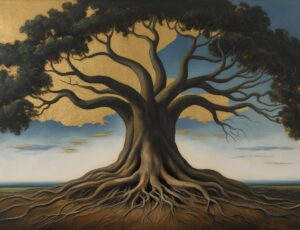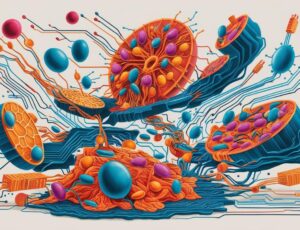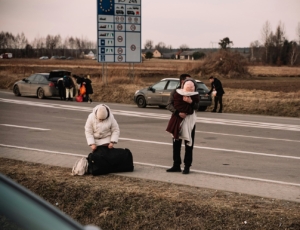The Reception of Netherlandish Art in the Indian Ocean Region and East Asia, and its Impact on Asian Cultures
Year Group 2009/10
About the topic
In the NIAS theme group European, Asian and American art historians and historians have joined forces to study artistic exchange between the Netherlands and different civilisations stretching from the Cape of Good Hope via Persia and India to Southeast Asia and beyond to Japan and China. The Netherlands seemed to provide an appropriate point of departure for such a study, considering the global reach of the Dutch East India Company (VOC) and the rich archival record it left behind.
Using the VOC as a framework, the participants in the project focused on artistic practice, patronage, market relations, gift exchange, iconography and visual imagery. Furthermore the group identified protagonists, objects and media of artistic transfer and examined the actual routes and directions of exchange. In this way we hope to stimulate theoretical debate on cultural exchange while contributing to the history of European-Asian relations in the early modern period.
Central to our project was the search for evidence of reciprocity. In that regard we observed a wide difference between various modes of reception, from the colonial societies in the Cape and Batavia, where artists from the Netherlands settled and worked for a local community of mixed composition, to the exclusivity of the situation in Japan, where works of European art ordered from the Dutch by the Japanese were actively copied and appropriated by Japanese artists. In order to accommodate the broad scope of our findings, our group has come to favour the concept of mediation as our basic model. This provides room not only for the role of the Dutch East India Company but also for the numerous agents and local protagonists acting in Asia within and outside the VOC framework. The final product of the group, a book entitled “Mediating Netherlandish Art and Material Culture in Asia”, will be of interest to art historians, cultural historians, cultural anthropologists and students of global cultural exchange.
Themegroup participants
-

Bok, M.J.
Year Group 2009/10 -

Chakravarti, R.
Year Group 2009/10 -

Forrer, M.
Year Group 2009/10 -

Kaufmann, Th.D.
Year Group 2009/10 -
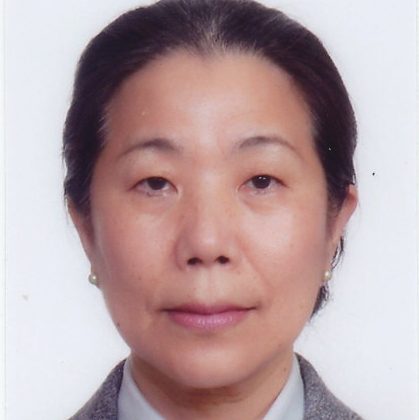
Kobayashi-Sato, Y.
Year Group 2009/10 -

North, M.
Year Group 2009/10 -
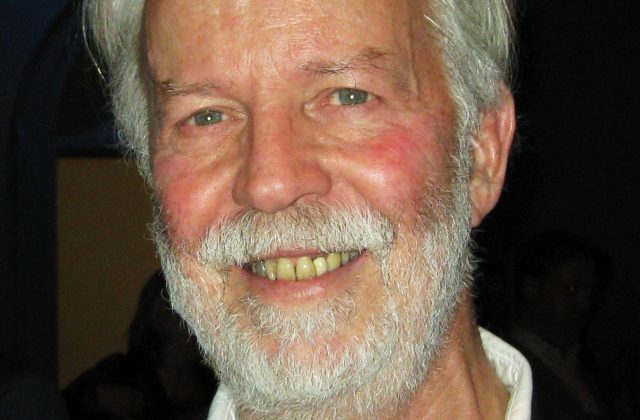
Schwartz, G.
Year Group 2009/10 -
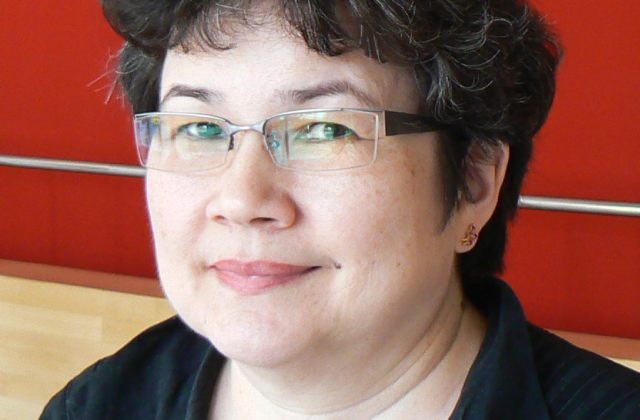
Vialle, C.
Year Group 2009/10 -

Wagenaar, L.J.
Year Group 2009/10
